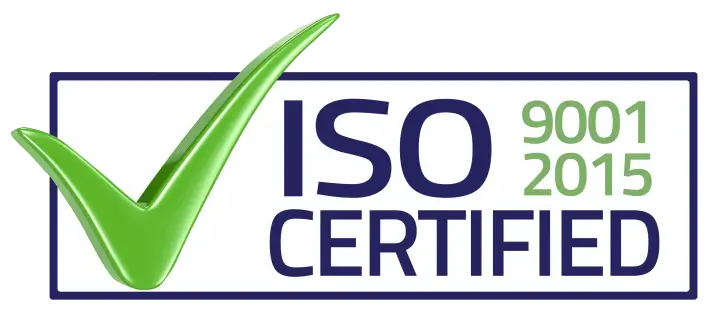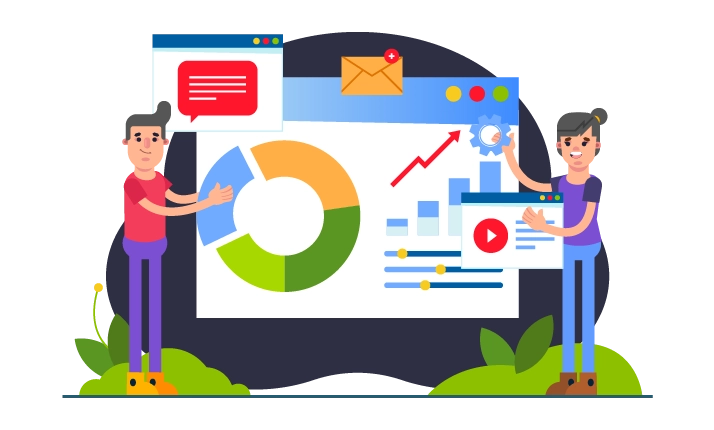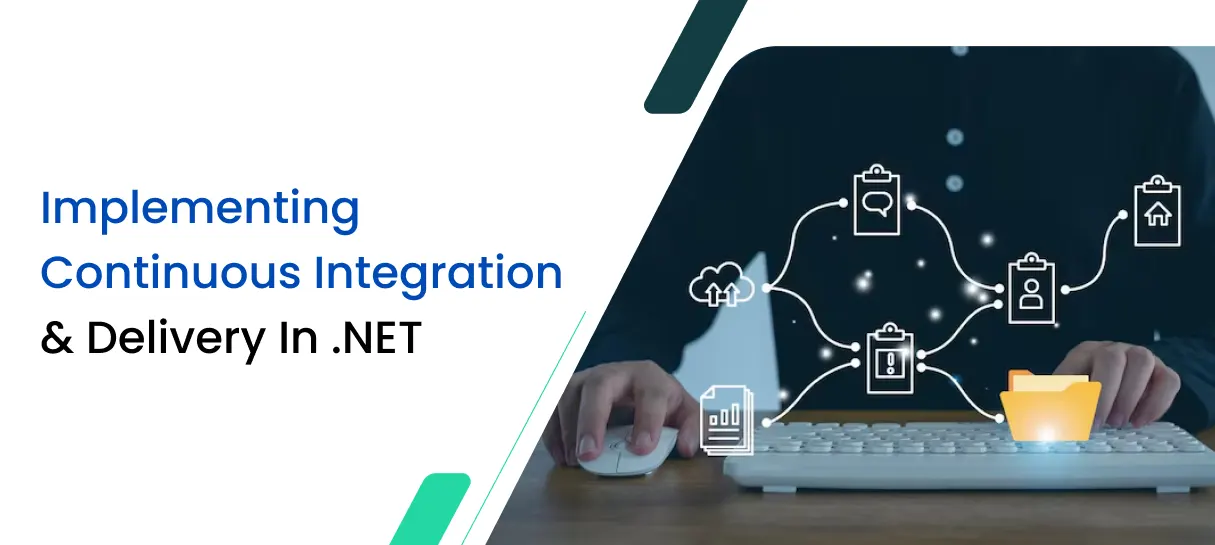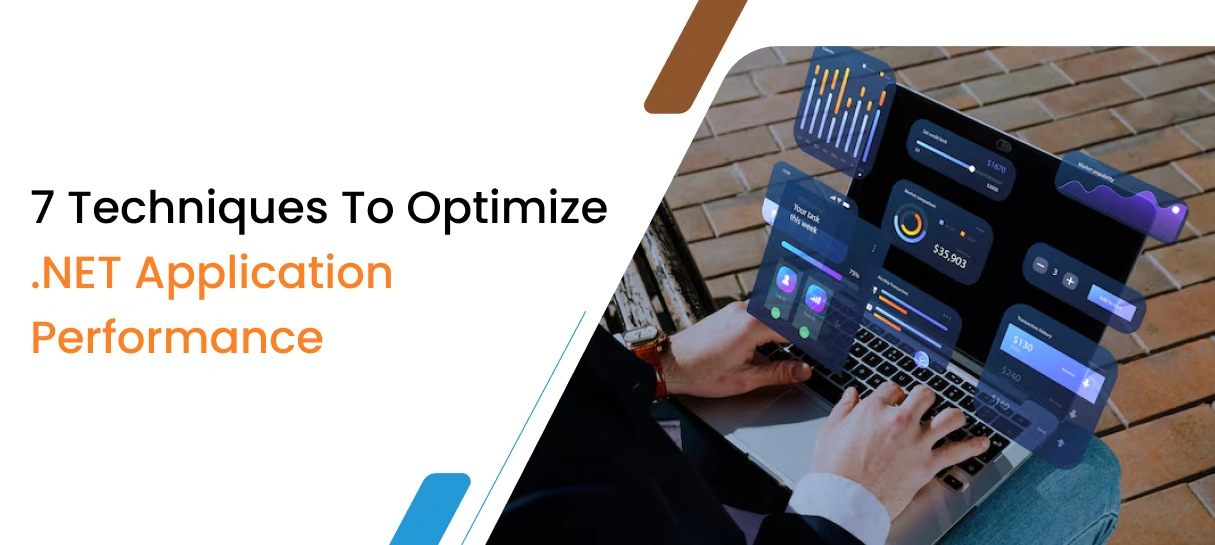Making important choices based on data-driven insights and staying ahead of the competition may both be accomplished by implementing business intelligence (BI) in your organization. Understanding business intelligence and how to use it effectively is the first step.
The process of gathering, processing, storing, and analyzing structured data from internal or external sources is known as business intelligence. It is technology-driven. This identifies trends or patterns that organizations would not have seen before, allowing them to make informed decisions swiftly and affordably. It may assist you in locating fresh chances for development and progress as well as performance problems that want care.
There are several approaches to applying BI in your business, including:
1) Begin Data Collection - To gather excellent data for analysis, start by identifying the sources of the information. Examples of these sources include customer databases, enterprise resource planning (ERP), sales analysis software, etc.
2) Implement Data Governance - Implementing a successful data governance system guarantees that all parties involved can only access datasets that have been approved for their particular requirements and that security precautions are in place when working with sensitive datasets like financial or customer information.
3) Implement process automation - establishing pipelines between various applications used internally or externally inside the firm, utilizing automation solutions like robotic process automation (RPA) may save time and eliminate human mistakes when conducting everyday chores linked with BI operations.
4) Use Visualization Tools - Once the raw data has been gathered and processed using algorithms and models created appropriately, it can be visualized using a variety of current visualization tools depending on user needs without the need for coding expertise, making it easier and faster than ever for decision-makers who can now reach insightful conclusions more quickly than ever. Examples include Tableau, Qlik Sense, and PowerBI.
5) Evaluate Results - Once we have generated visualization results, review them regularly, along with additional inputs from other departments within your organization, if necessary, to track progress toward achieving set goals/targets effectively over time and also avoid resource waste in the appropriate manner, if necessary. Reevaluate everything on a regular basis or as needed at any time, and make any required adjustments to the parameters.
By carefully following these instructions during the implementation stage and conducting ongoing evaluations, you can guarantee the successful application of business intelligence techniques throughout your organization's various departments, resulting in general increases in productivity and moving you closer to your desired outcomes!



































































